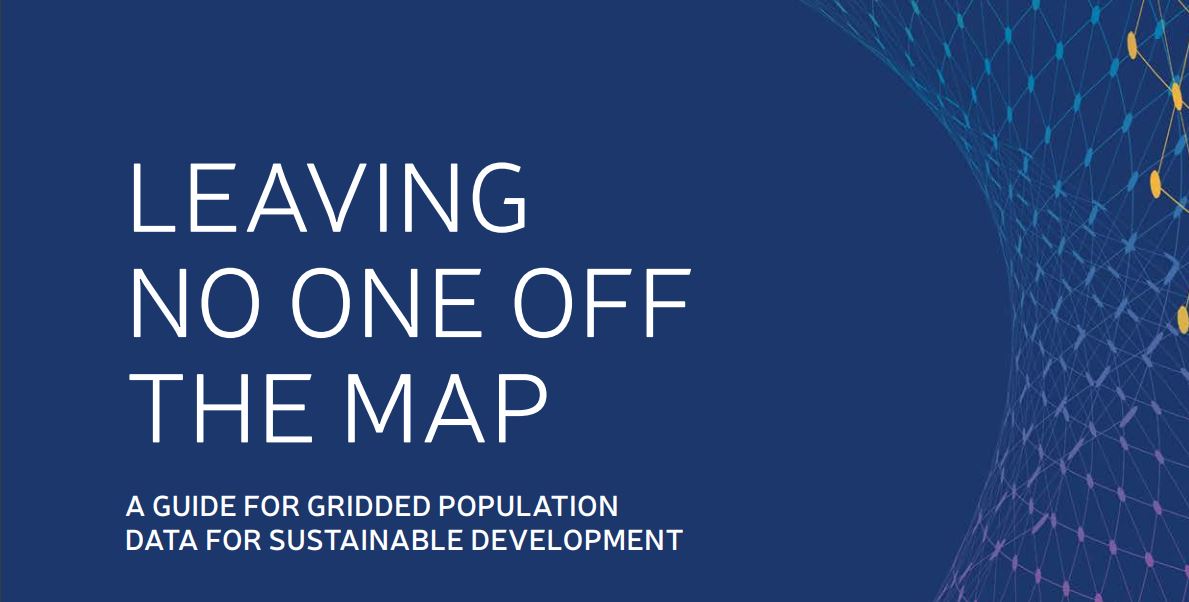
In the context of the current health crisis, the importance of reliable and timely population data is more apparent than ever – we need to know where people are located, what conditions they are facing, what infrastructure is available, and what basic services they can access. Additionally, without reliable and timely population data linked to location, we cannot ensure that everyone is counted and that no one will be left behind.
Fortunately, gridded population data have emerged as an important tool for improving the timeliness and granularity of population estimates, particularly during the current pandemic, but many users are unfamiliar with their utility.
In an exclusive upcoming webinar, the International Science Council joined the UN Sustainable Development Solutions Network’s Thematic Research Network on Data and Statistics (SDSN TReNDS) and a panel of experts in a technical discussion on the use gridded population data in a variety of applications, including infectious disease and disaster response; survey planning; sea-level rise; water availability; and more.
The webinar also reviewed several of the nuances of the various datasets presented in TReNDS’ newly released report, Leaving No One Off The Map: A Guide For Gridded Population Data For Sustainable Development.
Panelists:

SDSN TReNDS’ Director and Senior Advisor, UN SDSN

Research Scientist at the Center for International Earth Science Information Network (CIESIN)

Program Manager at the Global Partnership for Sustainable Development Data (GPSDD)

SDSN TReNDS’ Analyst

Professor of Statistics, University of the Philippines